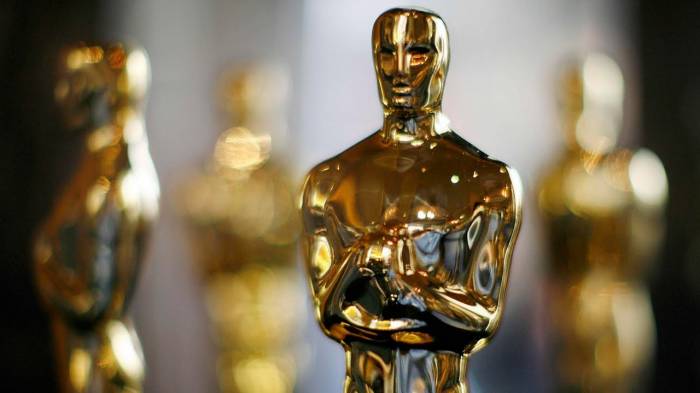The academy is an exclusive Hollywood institution that has its own governing body (aptly named the Board of Governors), 17 separate branches, and a thorough rule book on membership eligibility and voting processes. Since 2016, when the board announced that it would diversify its membership, the academy has grown to about 8,000 members. It doesn’t publicize the names of all those members, but each spring it releases a list of individuals who it has invited to join its ranks. Invitees have included Mindy Kaling, Rashida Jones, Kendrick Lamar, Melissa Etheridge, and J.K. Rowling. The academy also posts the names of members of its current Board of Governors, which includes elected representatives of the 17 branches. These branches represent the various fields of cinema: acting, directing, writing, sound editing, and others. In 2019 the academy’s website showed that the Board of Governors’ president was cinematographer John Bailey, its first vice president was makeup artist Lois Burwell, and its other officers included actors Laura Dern, Whoopi Goldberg, and Alfred Molina.
The rest of the academy members are not listed, but we can guess who a few are by looking at some of the requirements to join the institution. To qualify, an individual must work in the film industry. This means that neither individuals who work exclusively in television nor members of the press may join. Oscar nominees are automatically considered for membership, while other candidates must be sponsored by two active members of the branch they wish to join. Each branch also has its own specific requirements. Directors, for example, must have a minimum of two directing credits, at least one of them within the past 10 years. We can thus be pretty sure that such Hollywood treasures as Meryl Streep, Jack Nicholson, Steven Spielberg, and Tom Hanks, who have each been nominated several times (and won Oscars), are members of the academy. New members may choose only one of the branches to join. This means that Sofia Coppola and Alfonso Cuarón, for example, who were each nominated for (and won) Oscars, could sign on to either the directing branch or the writing branch but not both.
While the membership of the academy is largely obscure, the voting process is perhaps only slightly clearer. It involves two phases: first, nominating the Oscar candidates and, second, voting for the winners. In the first phase, members receive a ballot that lists qualifying movies. To be considered for nomination, a movie must be feature-length and must have been publicly screened for paid admission for at least one week at a commercial theater in Los Angeles county between January 1 and December 31 of the award year. Documentaries and foreign films have their own eligibility requirements. Members may nominate only within their branch and for best picture. Emma Stone may thus select nominees for best actress, actor, supporting actress, and supporting actor, but she may not nominate candidates in the best sound editing or best sound mixing categories. Each member of the academy picks up to five candidates for each of their designated categories and lists them by preference.
The ballots are tallied by certified public accountants, from a firm designated by the academy’s president, in a somewhat arcane system that might seem like a sacred ritual to an outsider. To ensure that nominees have broad, rather than just popular, support, the academy uses instant runoff voting, sometimes called preferential voting, which involves several rounds and a “magic” number, wherein a candidate must receive a predetermined number of votes to be considered a nominee. A few weeks after the nominees are announced in January, the second phase of voting begins. For final voting, all active or lifetime academy members are allowed to cast ballots in any category, but they are discouraged from voting in categories where they lack expertise. Accountants once again tally the ballots, using the preferential system to determine the winner for best picture but using the popular vote for all other categories.
After all the voting and tallying, the winners are finally determined, but they are not reported to anyone. Only two accountants see the final results, and they are responsible for keeping those results secret until the awards ceremony. The accountants memorize the names of the winners, stuff two sets of envelopes, and pack and store two briefcases at an undisclosed location until the day of the ceremony. At the ceremony, neither the members of the academy nor the producers of the awards show know who will receive an Oscar. It is a complete mystery until the presenter utters one of the most famous lines in Hollywood: “And the Oscar goes to...”
Read the original article on britannica.com.
More about: Oscar
















































